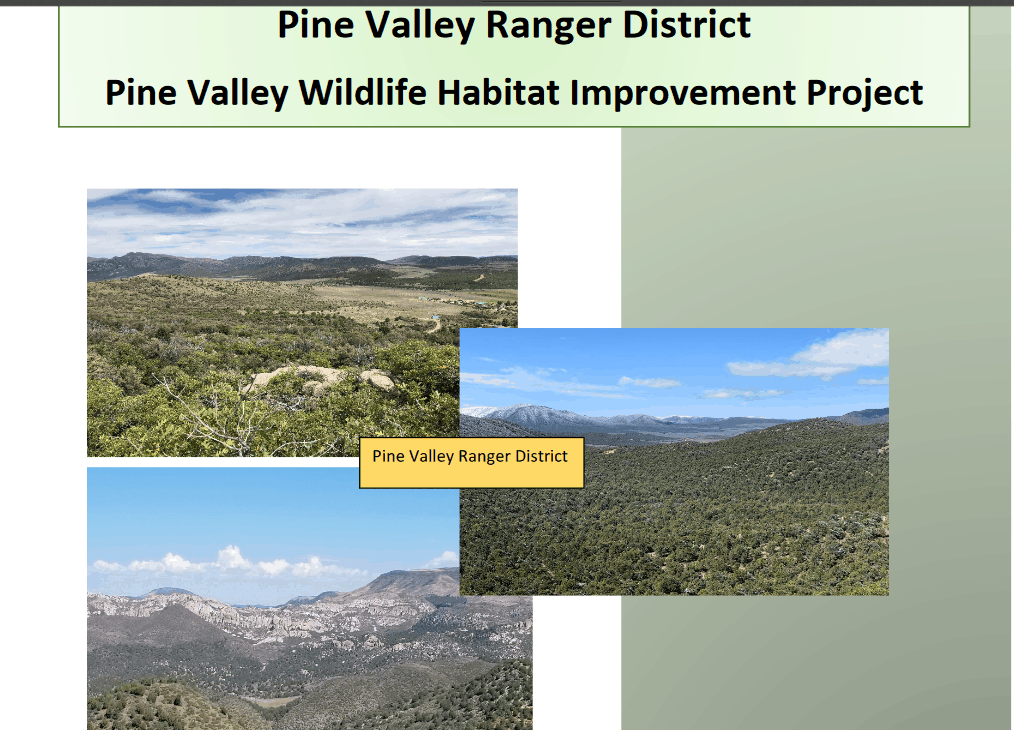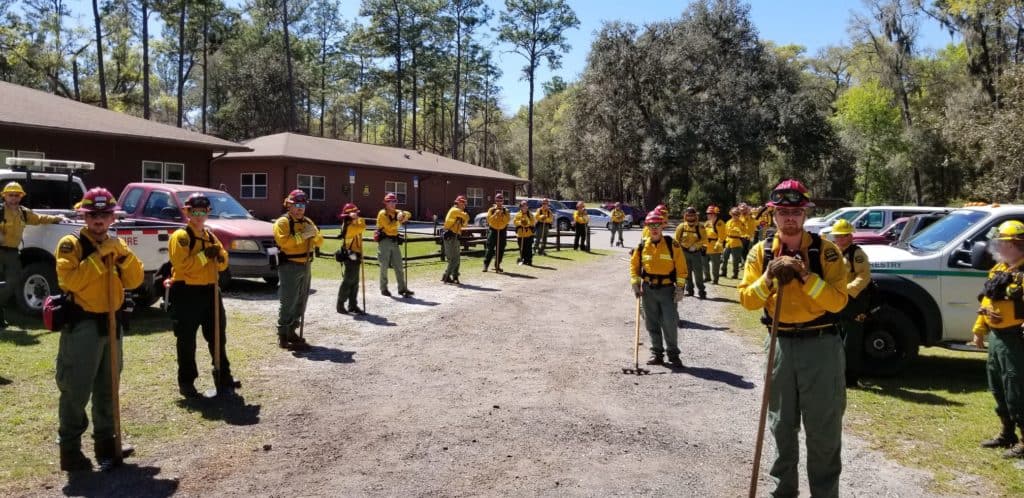It seems like the concept of “science-based” decisions gets thrown around a lot these days even more than when I wrote this Perspective for Journal of Forestry in 2002 below. I was the Chair of the Forest Science and Technology Board at the Society of American Foresters at the time. I used the homey soup analogy to (subtly?) query the patriarchal bias of scientific claims to authority. Nowadays, though, science-based seems like it has become a buzzword, in some cases with overtones of partisan politics and/or technocracy. As in “science-based” is good, “political” is bad. The implication is that values of (some disciplines of) scientists (perhaps not economists, for example) are good, and values of politicians (and therefore folks who elected them) can be/are bad, or at least highly questionable. I don’t think science-olatry is good for public discourse, nor for the well-being of scientists engaged in their work. Anyway, here’s the Perspective.
When we use the term “science-based,” I think we really mean that we would like decisions to be informed by the most-current, highest-quality scientific information. Using the term “science- based” can be misleading, as it implies that “science” is the foundation for the decision; in fact, people choose practices that best meet their values. Scientific and other types of information should inform the decision maker of the effects of different choices.
To me, making good resource management policy is both an art and a science. For policymakers or decisionmakers, it’s a little like making lentil soup. They have tasty bits—the research articles, legal expertise, indigenous and practitioner knowledge, and monitoring information. They want each bit to be of sufficient quality, so they ask us scientists or other experts (the lentil and sausage specialists) for our advice. The process of turning informational ingredients into policy soup has well-developed sciences to support it— the decision sciences. Researchers in these fields examine the processes for making decisions and how information can best be used in those decisions in a variety of contexts. Without quality decision science information and quality policy practitioners, taking information from all the disciplines can result in a tasteless jumble rather than a mouthwatering delight.
Potentially even more dangerous is putting the lentil and sausage specialists to work in the kitchen. Since we scientists and other specialists tend to love our particular bit, we tend to overestimate the importance of that bit to the soup, and have an inherent conflict of interest in the soup’s development.
I agree with my colleague Bob Lee at University of Washington that the beauty and attraction of science is that it “gives us rules that protect us from the all-too-human tendency to fool ourselves, either individually or collectively.” But because all policy issues cross disciplines, the only truly “scientific” claim for the policy product is that of the decision sciences. I believe that in addition to quality ingredients, our best bet for a nutritious and delicious policy soup is civil public debate of competing knowledge claims, improving our decision science capacity, and a structured way to learn from our policy practitioners who dependably deliver quality products.
In the last twenty years, I’ve become less sanguine about the decision sciences as a tool to get disciplines to work together in a transparent and structured way. There are still folks in the science and technology studies field who are working on this, though, and we’ll visit some of them next week. Since then, I’ve also become less sure as to whether policy products can be assessed to find out whether they are successful or not (as in “what’s a good decision?”). But I’m still keen on civil public debate of competing knowledge claims.





